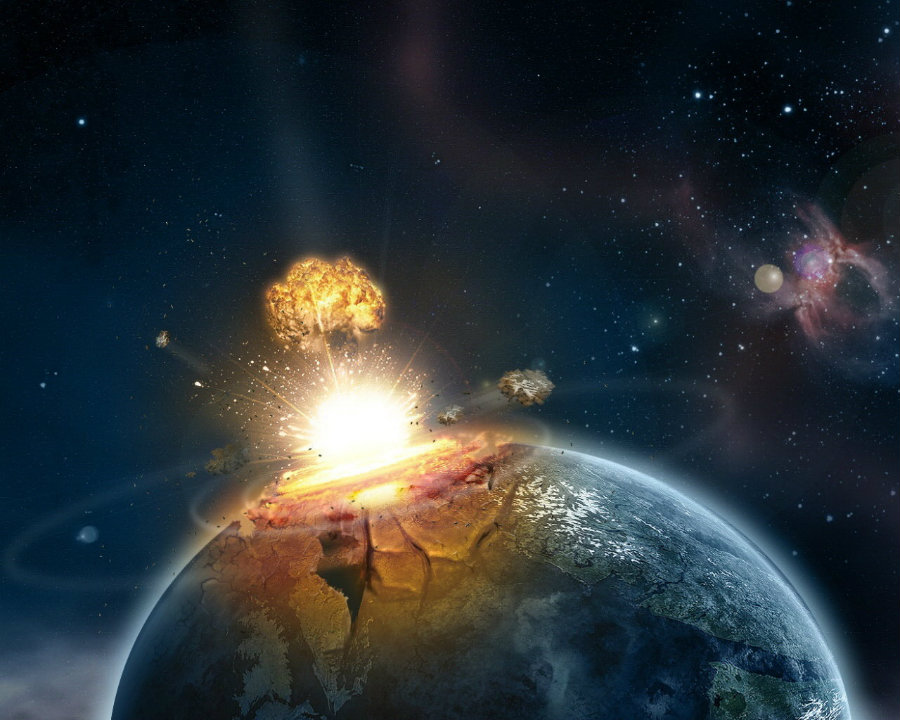After the impact of the asteroid that hit our planet almost 66 million years ago, not only the dinosaur species had become extinct, but it made the Earth’s surface momentarily liquid.
Over the years, there have been many studies regarding the consequences and specific properties of the phenomenon, one of which was mainly oriented to the drilling of rocks left on the crater formed after the asteroid’s impact. In this reconstruction, the scientists were able to discover the real power of the impact.

The crater is located in the ocean of Mexico’s Yucatan Peninsula, at the Chicxulub region. The investigation team targeted a 200 km zone, and because of the high amount of rock presence, the drilling was the only option. After this excavation, the researchers found the evidence that explains that the force that the asteroid brought produced the slosh of the Earth’s surface and posterior forth back in liquid form.
“The earth there would have temporarily behaved like a slow-moving fluid. The stony asteroid would have opened up a hole probably almost the thickness of the Earth’s crust, approximately 30 km (18 miles) deep, and on the order of 80 to 100 km (62 miles wide, approximately),” Sean Gulick a geophysicist at the University of Texas, Austin, told in an interview with NPR.
However, according to the investigators, the fact that the materials behave like liquid doesn’t mean that those elements stopped being solid. The thing is that because the impact was so strong, the surrounding area was heavily damaged and temporarily lose their cohesion. Until now there is no scientific explanation of this particular physical process.
Mountain formation
Another interesting fact about this particular phenomenon is the mountain formation that came along with the impact of the asteroid. When the asteroid hit the surface, it produced a 60-mile wide crater, and that created a rock ascension that was twice as high as the Himalaya or the Mount Everest. After this upward rock movement, the material began to settle down in the form of smaller peaks.
According to the investigation team, this rock movement, and also the liquefication explained before, was the product of the melting of the surface. This caused the side-to-side movement of all the surrounding material, which later produced the formation of the peaks.
According to Joanna Morgan, a researcher from the investigation, one of the most astonishing properties of this phenomenon was that all the melting, rock movement, and mountain formation happened in a time-lapse between 5 and 10 minutes
Another theory establishes the propelling of the material within the Earth’s crust, with represents a much more dramatic material movement upside down. Gulick said that this explanation has sense because, after the drilling, they found a high amount of pink granite, which is a component that is commonly located in deeper stages, instead of the typical limestone.
Source: NPR
